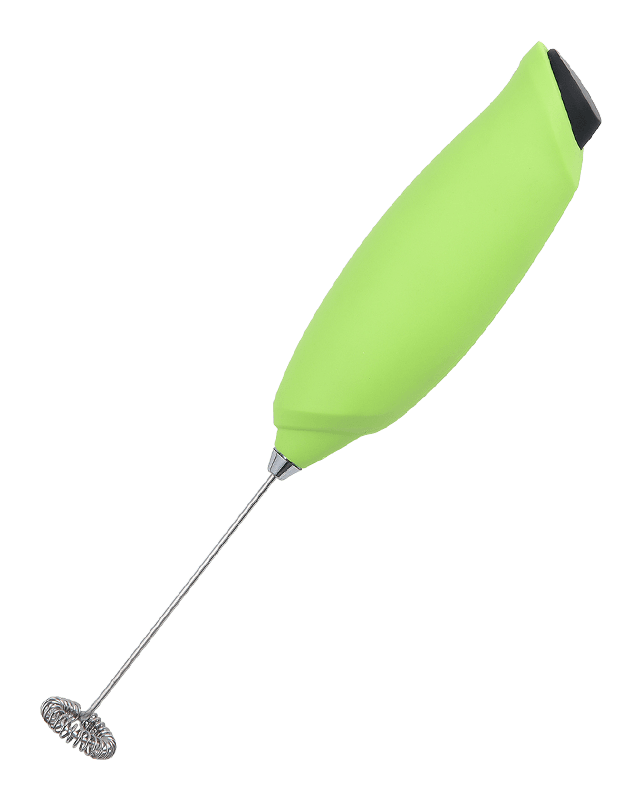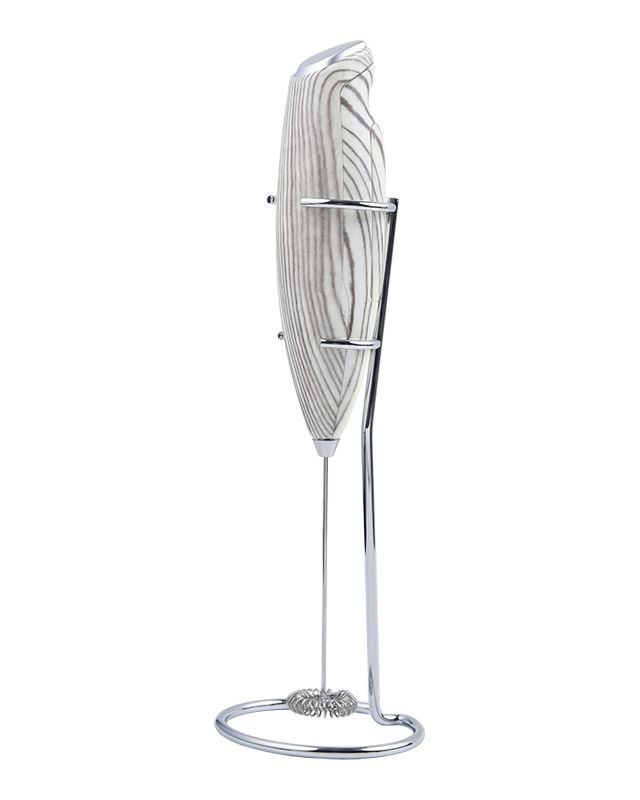Pouring coffee into a foam mixer typically follows a straightforward process, but there are a few techniques that can help achieve the best results:
Start with Hot Coffee: Utilizing hot coffee as the base ingredient for foam creation is paramount for several reasons. Firstly, the elevated temperature facilitates the breakdown of proteins and fats present in the milk, thereby promoting better foam stability and texture. Hot coffee aids in the dissolution of soluble coffee compounds, intensifying flavor extraction and enhancing the sensory experience. By starting with hot coffee, users can capitalize on these chemical and sensory benefits to achieve superior foam quality and overall beverage excellence.
Pour Slowly and Carefully: The importance of a deliberate pouring technique cannot be overstated when working with hot liquids and delicate foam structures. Pouring the coffee into the foam mixer with gradual precision minimizes turbulence and agitation, preserving the integrity of the foam structure and preventing undesirable deflation or collapse. Careful pouring mitigates the risk of spillage and mess, ensuring a clean and efficient workspace conducive to professional beverage preparation.
Pour in a Controlled Stream: Directing the stream of coffee towards the center of the foam mixer serves multiple purposes in the foam creation process. Firstly, it facilitates uniform distribution of the coffee within the milk, promoting thorough mixing and homogenous incorporation of flavors. Secondly, channeling the pour towards the center minimizes the disturbance to the existing foam structure, allowing for seamless integration of the coffee without compromising foam stability or texture. By adhering to this targeted pouring approach, users can achieve optimal foam quality and consistency in their beverages.
Maintain a Consistent Flow: Consistency in pouring speed is essential for achieving reproducible foam results and ensuring uniform beverage quality. A steady flow rate throughout the pouring process promotes even distribution of coffee within the milk, preventing localized concentrations or inconsistencies in flavor and texture. Maintaining a consistent flow minimizes disruptions to the foam matrix, preserving its structural integrity and enhancing stability. By prioritizing a consistent pouring flow, users can uphold standards of excellence in foam creation and deliver consistently exceptional beverages to their customers.
Adjust Pouring Technique: Flexibility in pouring technique is a hallmark of skilled beverage preparation, allowing users to adapt to varying foam mixer specifications and individual preferences. Experimenting with different pouring speeds, angles, and volumes empowers users to fine-tune the foam creation process to achieve desired texture profiles and foam densities. The ability to adjust pouring technique enables users to optimize foam quality in response to changing environmental conditions or ingredient characteristics. By embracing a spirit of experimentation and innovation, users can unlock the full potential of their foam mixer and elevate their beverage offerings to new heights of excellence.
Avoid Overfilling: Prudent management of liquid volume is essential to maintain operational efficiency and prevent workspace clutter when using a foam mixer. Overfilling the mixer with coffee can lead to spillage, wastage, and potential damage to equipment, compromising the overall beverage preparation process. By adhering to recommended fill levels and exercising restraint in liquid dispensation, users ensure a seamless workflow and minimize the risk of operational disruptions. Leaving adequate airspace within the mixer allows for foam expansion during agitation, preventing overflow and preserving beverage quality. By prioritizing judicious liquid management, users can optimize the functionality of their foam mixer and uphold professional standards of beverage service.
Milk Frother, Milk Foamer, Coffee Mixer, Mini Mixer, Stirrer, Whisk EP-568-5

Milk Frother, Milk Foamer, Coffee Mixer, Mini Mixer, Stirrer, Whisk EP-568-5




 English
English
 Français
Français
 Español
Español
 Deutsch
Deutsch
 日本語
日本語





























